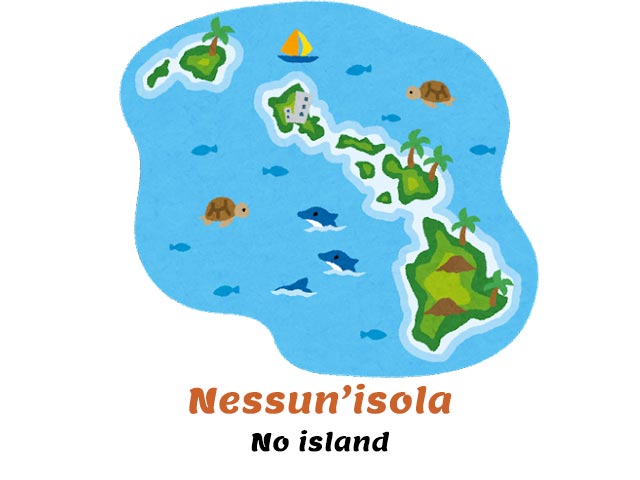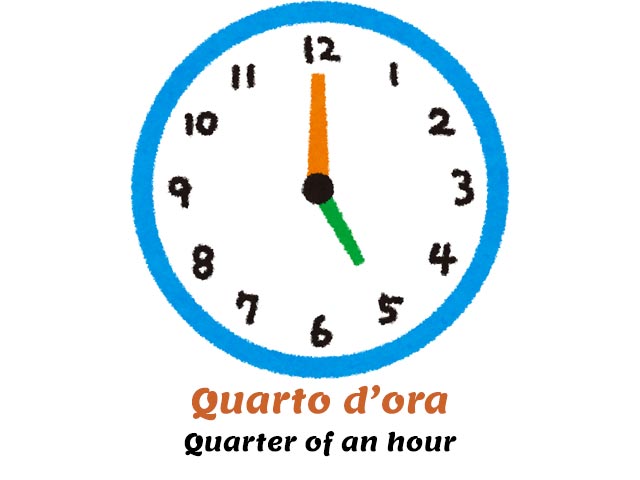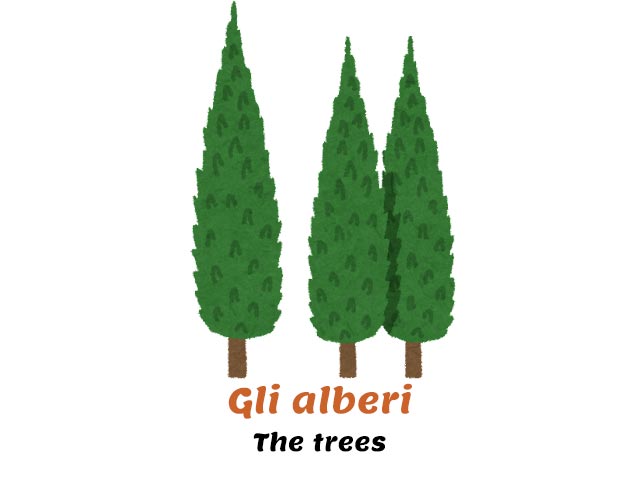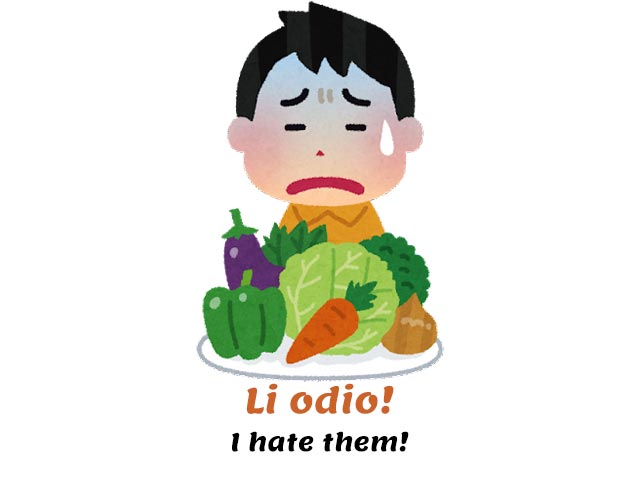Italian grammar
How do you use the apostrophe in Italian?
The apostrophe sign (‘) replaces certain letters in a word to join two words together. Think of the English expressions it is and it’s. When elision occurs, an apostrophe is added in Italian.
What is elision? If you have a word that ends with an unstressed vowel, such as the indefinite article una, you can cut off that vowel if the following word also begins with a vowel, such as amica.
| Un’amica | A female friend |
However, elision is not always necessary, and sometimes it is downright wrong to use it. Let’s see why.
When to use the apostrophe in Italian
| You use the apostrophe… |
| Before feminine nouns beginning with a vowel |
| Indefinite adjectives ending in -una |
| Before lo and la, quello and quella |
| Before ci + some conjugations of the verb to be |
| In some common expressions |
Elision is mandatory before una when it precedes a word beginning with a vowel.
| Un’etichetta | A label |
| Un’oca | A goose |
It is also required with indefinite adjectives ending in -una, such as ciascuna or nessuna. The following word must always begin with a vowel.
| Nessun’isola | No island |

The apostrophe in Italian is required before the definite articles lo and la and the demonstrative adjectives quello and quella.
| L’esame, quell’esame | The exam, that exam (Lo esame) |
| L’ape, quell’ape | The bee, that bee (La ape) |
It is mandatory before ci + conjugations of the verb to be beginning with e-, such as era, è or erano.
C’era, which translates into the English sentence there was, is actually the elision of ci era. However, you NEVER write it as ci era.
| C’è | There is |
You always use an apostrophe in Italian in common expressions such as nient’altro, tra l’altro or quarto d’ora.
| Nient’altro | Nothing else |
| Quarto d’ora | Quarter of an hour |

When NOT to use the apostrophe in Italian
| You do NOT use the apostrophe… |
| With un and uno, nessuno or qualcuno |
| Before words that begin with a semi-vowel |
| Before ci when translating “us”, unless in front of an -i |
| In front of the pronouns le and li |
Elision in Italian is never used with the indefinite articles un and uno and with the indefinite adjectives such as nessuno or qualcuno, even if the last vowel is dropped.
| Un esame | An exam |
| Nessun elefante | No elephants |
| Qualcun altro | Someone else |
The apostrophe in Italian is also not allowed before words that begin with a semi-vowel, such as iena. Even if the definite article is la, it is never l’iena and always la iena.
| La iena | The hyena |
It is also never used before the definite plural articles le and gli.
| Le oche | The geese |
| Gli alberi | The trees |

The apostrophe in Italian is also never used before ci when translating “us”, unless the following word begins with i-.
| Ci amiamo | We love each other |
| Ci ascoltate | You listen to us |
| Ci interrogano, c’interrogano | They interrogate us (Ci + i, apostrophe can be used) |
The apostrophe is not allowed in front of the pronouns le and li.
| Le amo | I love them (f) |
| Li odio | I hate them (m) |

Special cases
Poco can be shortened to po’, with an apostrophe. It’s never written as pò.
| Un po’ di zucchero | A little sugar |
Quale è is shortened to to qual è, never as qual’è.
| Qual è il tuo colore preferito? | What is your favorite color? |
An apostrophe can also be used to cut off the first part of the years in the 20th century.
| Negli anni ’80 lavoravo come operaio. | In the 1980s I worked as a factory worker. |
More free Italian resources
You might want to keep learning Italian online with these free Italian resources:
❤️ If you liked this guide on the apostrophe in Italian, share it with your friends!


